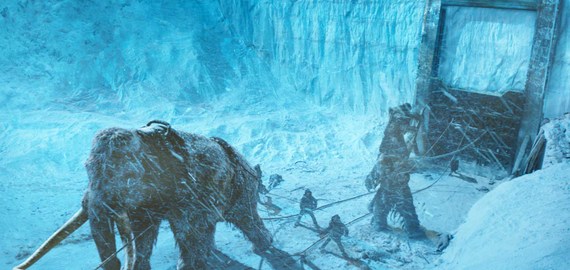Might want to start stockpiling those down jackets: The sun could nod off by 2030, triggering what scientists are describing as a “mini ice age.”
Professor Vlentina Zharkova of Northumbira University presented the frigid findings at the National Astronomy Meeting in Llandudno, Wales. Modern technology has made us able to predict solar cycles with much greater accuracy, and Zharkova’s model predicts that solar activity will drop by more than half between 2030 and 2040.
Solar activity was thought to be caused by a turbine-system of moving fluid within the sun. In search of a more accurate system of prediction, Professor Zharkova and her team discovered fluctuating magnetic waves in two layers of the sun. By studying the data of the dual waves, she says, predictions are far more precise.
“Combining both waves together and comparing to real data for the current solar cycle, we found that our predictions showed an accuracy of 97 percent,” said Zharkova, whose findings were published by the Royal Astronomic Society.
Using this method, she and her team discovered that there will be far less solar activity in sun cycles 25 and 26, leading to a prolonged period of solar dormancy
“In cycle 26, the two waves exactly mirror each other -- peaking at the same time but in opposite hemispheres of the Sun. Their interaction will be disruptive, or they will nearly cancel each other. We predict that this will lead to the properties of a ‘Maunder minimum’,” said Zharkova.
The Maunder Minimum is the title given to periods of time when sunspots are rare. It last occurred between 1645 and 1715, when roughly 50 sunspots were recorded, as opposed to the standard 40,000. That time was marked by brutal, river-freezing temperatures in Europe and North America.
-- Matt Berical
